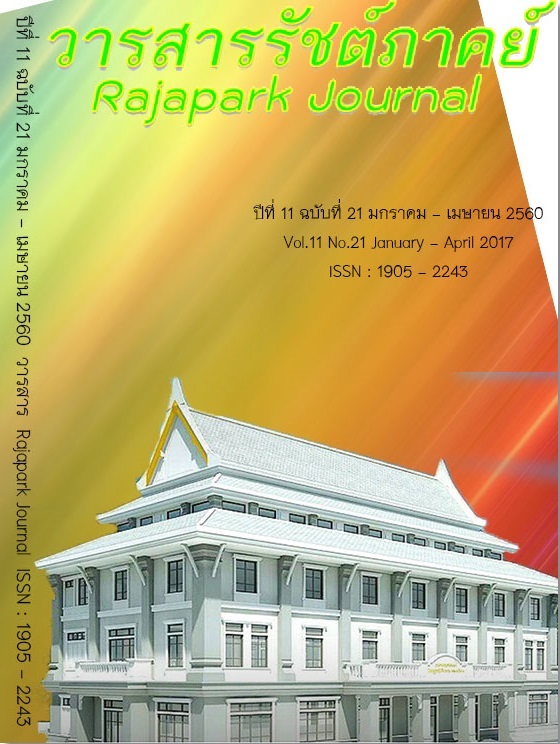Leadership and Learning Organization Factors Affecting Effectiveness of Secondary Schools Under the Secondary Educational Service Area 1 and 2 Offices
Main Article Content
Abstract
The objectives of this research were: (1) to investigate relationship between leadership, together with learning organization; and (2) effectiveness of secondary schools under the Secondary Educational Service Area 1 and Area 2 Offices. The results were as follows: (1) Leadership and learning organization factors were related to effectiveness of the schools at the high level. (2) Equations of predictive factors for school effectiveness were: (2.1) for the aspect of ability to produce students with high academic achievement, consisting of seven factors, the equation was Y/1 = 0.42 (respect others) + 0.43 (team learning) + 0.11 (idealized influence or charisma leadership) - 0.28 (systematic thinking) + 0.33 (shared vision) + 0.08 (inspirational motivation) + 0.14 (mental models) - 0.85 (2.2) for the aspect of ability to develop students to have a positive attitude, also consisting of seven factors, the equation was Y/2 = 0.45 (respect others) + 0.33 (team learning) +0.15 (idealized influence or charisma leadership) - 0.26 (systematic thinking) + 0.24 (shared vision) + 0.09 (build community) + 0.15 (mental models) - 0.50 (2.3) for the aspect of ability to develop and to modify school environment, consisting of five factors, the equation was Y/3 = 0.40 (shared vision) + 0.21 (mental models) + 0.09 (personal mastery) + 0.11 (intellectual stimulation) + 0.13 (respect others) + 0.32; and (2.4) for the aspect of ability to solve school problems, consisting of three factors, the equation was Y/4 = 0.33 (shared vision) + 0.22 (systematic thinking) + 0.21 (service others) + 1.01.
Article Details
Views and opinions appearing in the Journal it is the responsibility of the author of the article, and does not constitute the view and responsibility of the editorial team.


